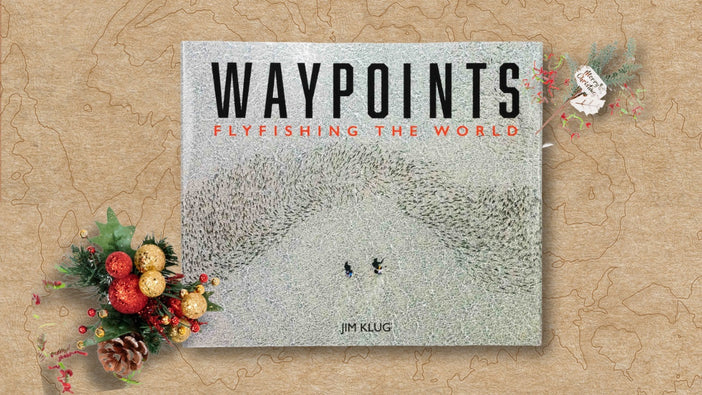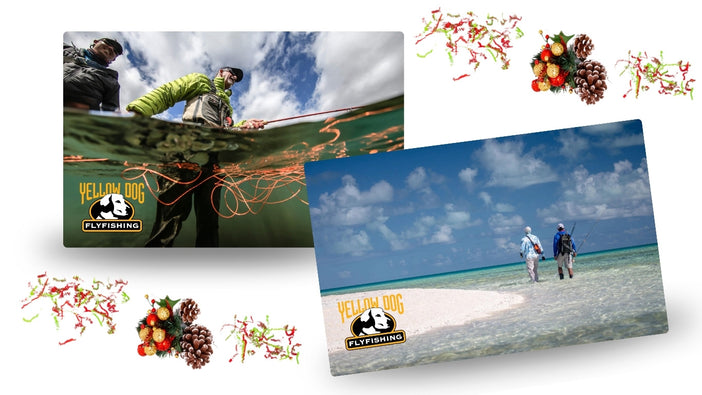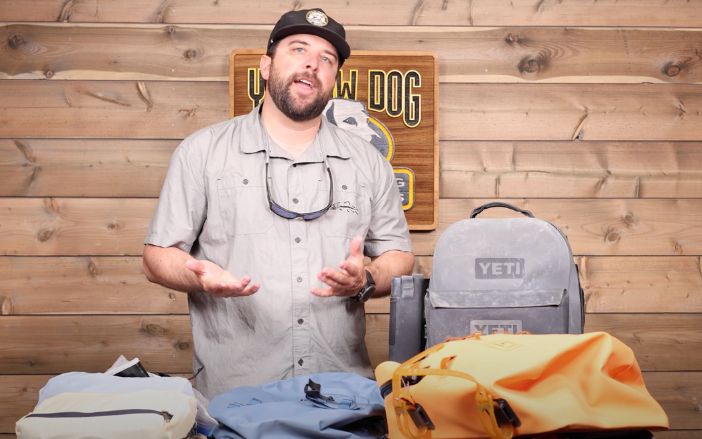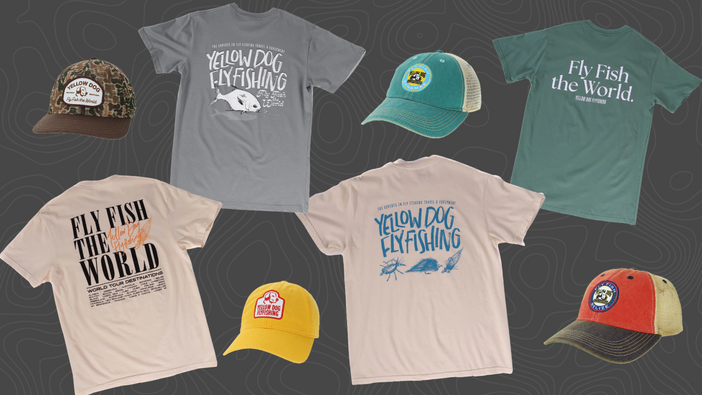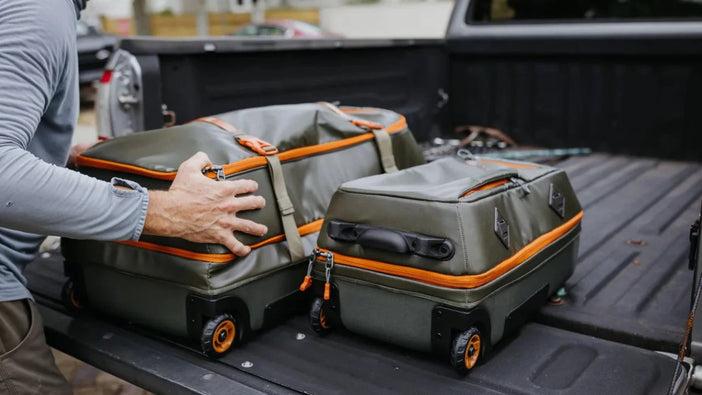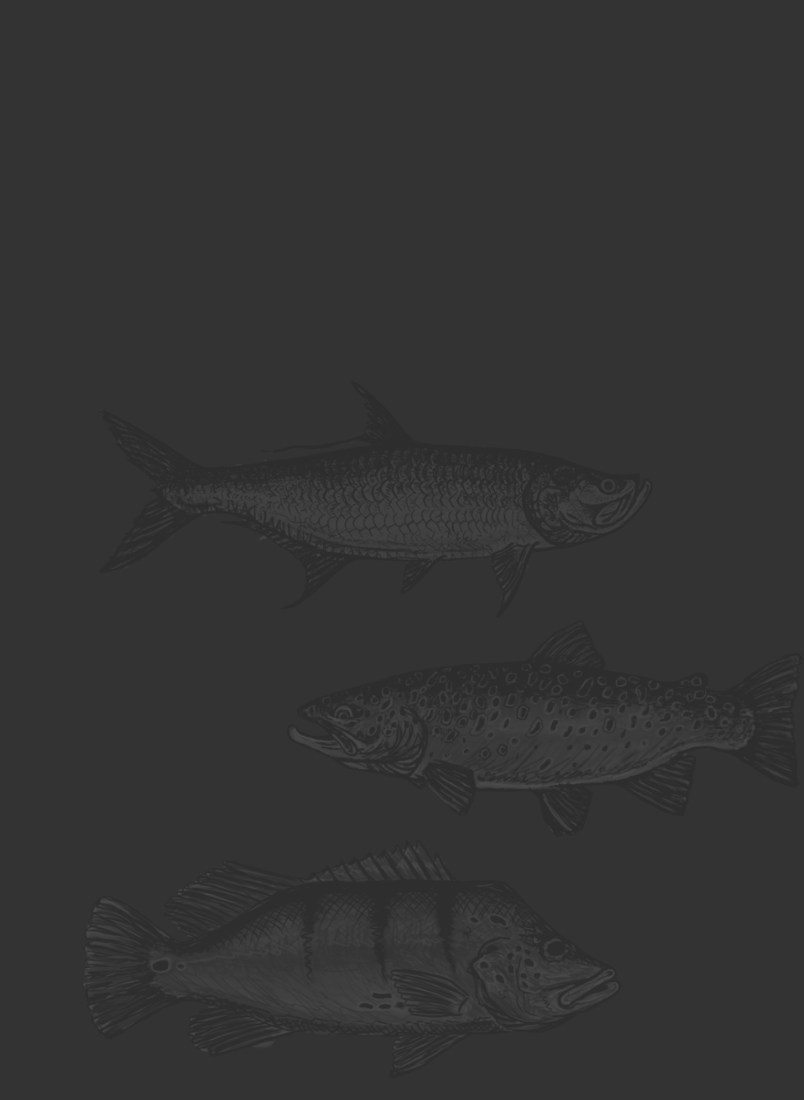We recognize that there is a lot of great fishing and outdoor photographers out there, and over the years, we have studied and learned a lot from some of the best in the business. Shooters like Brian O'Keefe, Denver Bryan, Terry Gunn, and many others have been delivering great fishing images for years, and their talent and consistency is amazing.
Many of our clients, however, are far from hard-core professionals when it comes to photography. They are simply traveling anglers that want to fish, enjoy their trip, and come home with a few nice fish shots and scenery shots from their vacation to the salt or freshwater.
With the "casual" photographer in mind, we have accumulated what we think are some of the best tips and techniques that we have come across. Some are basic and fundamental strategies for taking better pictures in general. Other tips are specific to "fish photos." Hopefully, some of these things will help on your next trip!

YELLOW DOG FLYFISHING ADVENTURES' TIPS FOR TAKING BETTER FISH PHOTOS:
-
- When shooting an image, try to position the sun behind or to the side of the photographer so that the natural light is on the subjects.
- Frame pictures with part of the scenery in the composition so that the moment and location is fully documented.
- Take several shots from different angles – especially with digital formats. You can always erase excess photos later.
- Take a few pictures of just the fish to capture the true colors of the catch.
- Try not to take pictures of the angler holding the fish while looking directly at the camera. These pictures are not as interesting as when the subject is focused on the fish – the real subject matter. A release pose is always a good shot as well. Avoid the standard "grip & grin!"
- Include fishing rods, reels, boats, guides, or other anglers in the shot to tell the story behind the fish.
- Remove the sunglasses and hat of the person being photographed to show the person’s face and true expression.
- Using a fill flash in certain situations will freeze the action and add additional light to the angler’s face - especially if a hat is worn. It will also help to brighten the colors of the fish. Be sure that you do not use the fill flash on every picture of a big fish, however, in case the flash is too “hot” or in the event that it is not needed. If you already have ample lighting, then a fill flash can flatten the composition and wash out the fish with too much glare.
- When possible, hats should be tilted up or removed to allow light on the subject’s face.
- Just prior to taking a picture, dip the fish in the water so that water drops are captured dripping off the fish. This adds dramatic action and life to the subject. Better yet, leave the fish at least half in the water, gently and briefly raising only a portion of the fish out of the water for the photo!
- A brightly colored hat or shirt will add vibrancy to a normally bland scene. Anglers generally wear drab, neutral colors, especially in saltwater. So, toss a red hat, bandana, or shirt in your gear bag and wear it for a few pictures to add some color to your photos.
- A polarizing filter can remove unwanted glare and enhance the depth of colors, especially on bright, sunny days. Once again, try not to overuse a polarizing filter for all your pictures, especially if you are shooting in low-light conditions.
***Lastly and most importantly, treat all fish with the utmost care! Handle fish gingerly without squeezing them. Water that surrounds a fish gives them much-needed support, so try not to lift the fish out of the water for too long - if at all. If possible keep the fish in the water and just lift the head out. Hold your breath when removing a fish from the water – when you need to breathe, so does the fish!
Related Articles:






